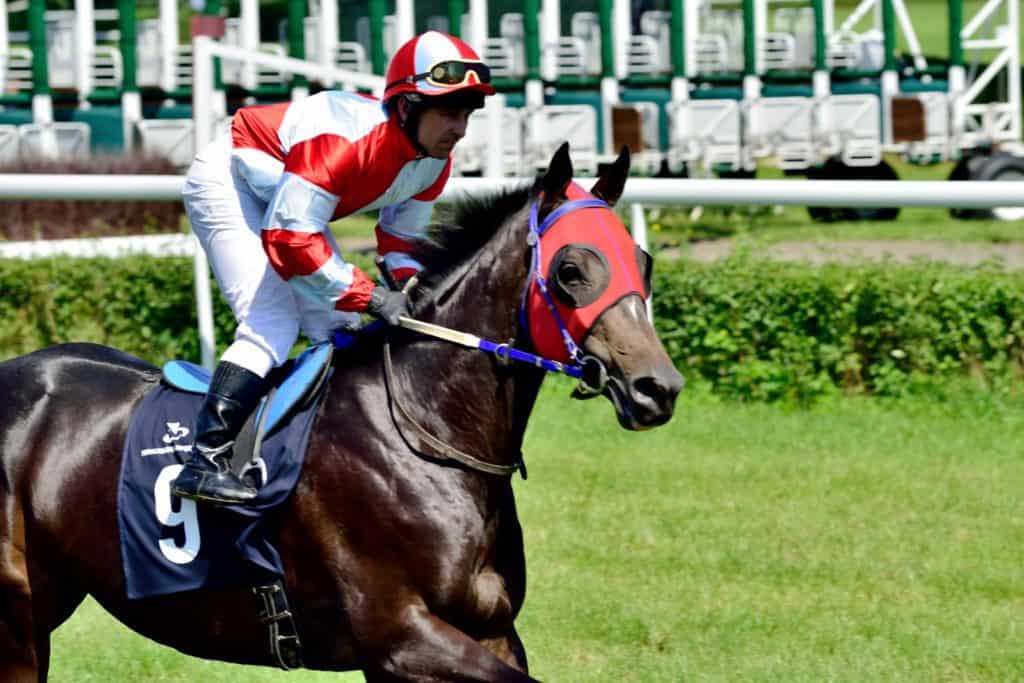
My Mustang Isn’t Who I Thought She Was
Have you ever used genetic testing to research your horse’s ancestry? Find out how a DNA test offered Alayne some surprise answers to questions about her BLM mustang’s ancestry.

Have you ever used genetic testing to research your horse’s ancestry? Find out how a DNA test offered Alayne some surprise answers to questions about her BLM mustang’s ancestry.

Mild weather could be behind higher-than-average ergovaline concentrations in tall fescue in Central Kentucky pastures.

Do you want to know if your broodmare carries a serious genetic disease? Are you curious about your horse’s color? Or do you need to confirm parentage on a horse? Learn about equine genetic testing available from the University of Kentucky.

A hereditary disease–skeletal atavism–leads to disturbed skeletal development and usually requires euthanasia.

A difficult birth can be life-threatening for both mare and foal if not handled promptly and properly.

Breeding a mare is exciting and not without challenges. Learn about stallion selection, breeding soundness, and more!

Italian horses are product of diversity coming from across Europe, Asia, and northern Africa, researchers found.

Gene variations in individual horses can result in an unexpected color for a certain breed or mating.

View videos on vision, fear, the hoof, assessing the foal after birth, EIPH, trimming old horses’ hooves, and more.

Foal size (and, indirectly, sex) appear to contribute to dystocia, especially among mares in New Zealand.
Lecture topics will include vaccinations, disease surveillance, foal nutrition, R. equi, biosecurity, and more.

Spring is an exciting time for many breeders, as it likely marks the last trimester of their mares’ pregnancies. Due to the rapid changes that occur in the last few months of gestation, it is imperative that owners monitor mares closely.

A missense mutation is behind the donkeys’ lack of pigmentation, researchers learned.

Reproductive health, vaccination status, and nutrition are key to readying your mare to care for her foal.

Androgen receptor gene mutations can make a male fetus develop as a structurally sound filly, at least on the outside.

Owners can take several steps to ensure a successful transition from athletic to breeding performance.
Stay on top of the most recent Horse Health news with
"*" indicates required fields